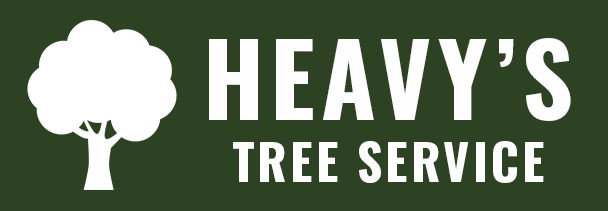Complete Guide to Tree Trimming in Dallas: Best Practices & Timing
Understanding Professional Tree Trimming in Dallas
Dallas homeowners understand that proper tree trimming maintains both property value and tree health. Professional trimming goes beyond simple cutting – it requires understanding tree biology, growth patterns, and specific techniques that promote long-term tree wellness while enhancing your landscape's aesthetic appeal.
Optimal Timing for Tree Trimming in Dallas
Dallas's climate creates specific windows for effective tree trimming. Late winter months, typically February through early March, provide ideal conditions for most tree species. During dormancy, trees experience less stress from pruning and can direct energy toward healing cuts before spring growth begins.
Different species require varying approaches to timing. Oak trees should never be trimmed during April through June to prevent oak wilt disease transmission. Flowering trees benefit from post-bloom trimming to maintain next year's flower production while addressing structural needs.
Professional Trimming Techniques and Benefits
Certified arborists employ specific cutting techniques that promote proper healing and prevent disease entry. Crown thinning removes selective branches to improve air circulation and light penetration while maintaining the tree's natural shape. This technique reduces wind resistance and storm damage risk while preserving the tree's structural integrity.
Crown raising involves removing lower branches to provide clearance for vehicles, pedestrians, or structures. Professional execution ensures cuts are made at appropriate locations to prevent bark stripping and promote proper wound closure.
Common Dallas Tree Species and Their Needs
Live oaks dominate Dallas landscapes and require specialized attention. These magnificent trees benefit from minimal pruning focused on removing dead, diseased, or structurally weak branches. Over-pruning live oaks can stimulate excessive water sprout growth and compromise their natural form.
Red oaks need careful attention to prevent oak wilt exposure. Professional timing and proper wound care become critical when trimming these valuable shade trees. Pecan trees require annual trimming to maintain production and prevent limb breakage from heavy nut loads.
Safety Considerations and Equipment Requirements
Professional tree trimming requires specialized equipment and safety protocols that homeowners typically lack. Bucket trucks, professional climbing gear, and chainsaw expertise ensure safe operations around power lines and structures. Insurance coverage protects property owners from liability during trimming operations.
Proper disposal of trimmed materials prevents pest attraction and maintains neighborhood aesthetics. Professional teams understand local disposal regulations and can efficiently remove debris without burdening homeowners.
Identifying When Professional Help is Necessary
Trees exceeding 15 feet in height typically require professional attention due to safety risks and equipment needs. Branches near power lines, over roofs, or in confined spaces present hazards that only trained professionals should address.
Signs of disease, pest infestation, or structural damage require professional assessment before trimming. Improper cuts on compromised trees can accelerate decline or create safety hazards.
For expert tree trimming and pruning services in Dallas, Heavy's Tree Service combines certified expertise with comprehensive insurance coverage. Our team understands Dallas tree species' specific needs and employs proper techniques for lasting results. Contact us at (469) 455-7828 to schedule your professional tree assessment and maintain your landscape's health and beauty.
